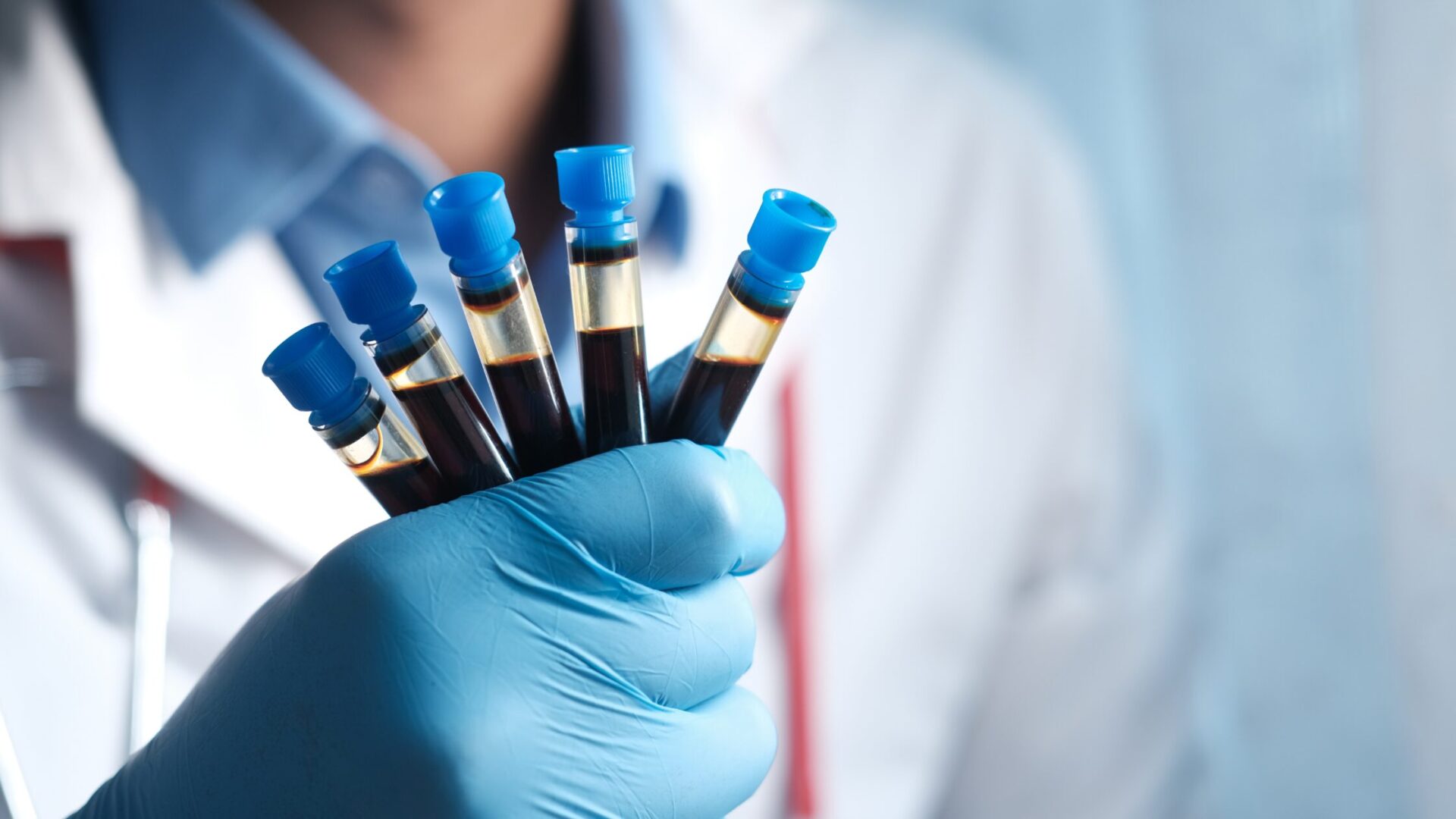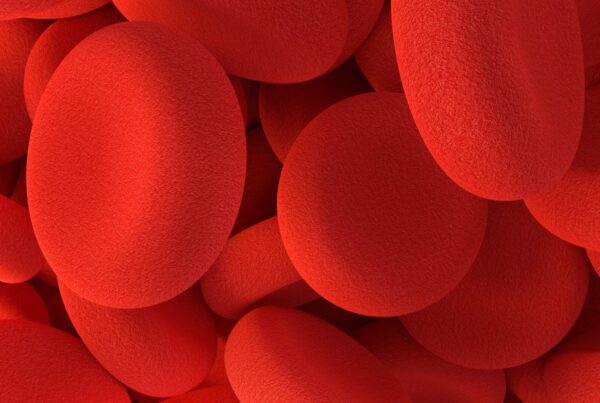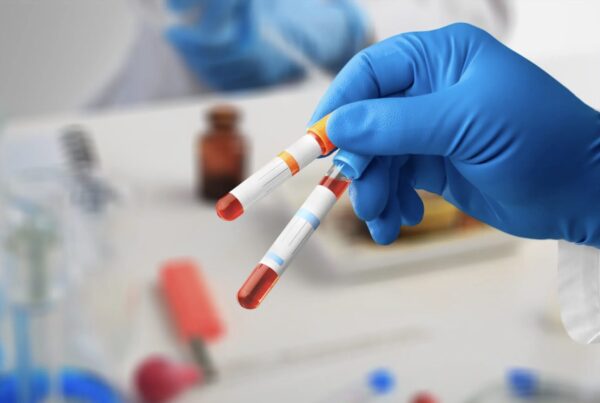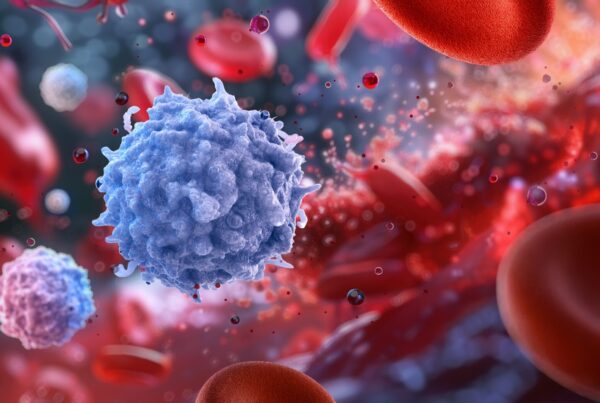Types of healthy blood biospecimens for research: whole blood, PBMCs, leukopaks & more
Researchers rely on high-quality blood biospecimens to advance studies in immunology, haematology, regenerative medicine, and therapeutic development. Understanding the distinct properties and applications of each type of blood-derived material is crucial for selecting the best biospecimens for specific experiments. Below, we explore the different types of healthy blood products available, and their key uses in scientific research.
Whole blood for research
- Collection method: Blood samples for research are drawn into anticoagulant tubes or collection bags to prevent clotting.
- Key characteristics: Blood samples contain all blood components, including plasma, red and white blood cells, and platelets.
- Applications:
- Development and validation of diagnostic devices, such as blood glucose monitors and point-of-care tests.
- Coagulation studies to assess clotting disorders, anticoagulant efficacy, and novel therapeutic agents.
- Research on inflammation and immune responses, including cytokine profiling and infectious disease studies.
Leukopaks
- Collection method: Apheresis is used to isolate large volumes of concentrated leukocytes from donor blood samples.
- Key characteristics: High yields of peripheral blood mononuclear cells (PBMCs), including T cells, B cells, monocytes, and natural killer (NK) cells.
- Applications:
- Essential for large-scale immunology experiments requiring high numbers of immune cells.
- Critical in immunotherapy research, including CAR-T cell therapy development and checkpoint inhibitor studies.
- Used in vaccine development, particularly for understanding adaptive immune responses.
Peripheral blood mononuclear cells (PBMCs)
- Collection method: Isolated via Ficoll-Paque density gradient centrifugation (ficoll pbmc isolation) from whole blood, leukopaks, or buffy coat.
- Key characteristics: Enriched for lymphocytes and monocytes, widely used in immunological assays.
- Applications:
- Immunology research, including T-cell activation, cytokine release assays, and autoimmune disease studies.
- Immunotherapy development, such as cell therapy development and checkpoint inhibitor testing.
- Regenerative medicine and toxicology screening, including drug response profiling and stem cell research.
Buffy coat
- Collection method: Obtained by centrifugation of anticoagulated whole blood, separating it from plasma and erythrocytes.
- Key characteristics: High concentration of white blood cells (WBCs), including granulocytes and PBMCs.
- Applications:
- A cost-effective source of PBMCs for functional assays, immune profiling, and biomarker discovery.
- Genomic and transcriptomic studies, including DNA and RNA extraction for sequencing applications.
- Used in infectious disease research, such as HIV and tuberculosis studies, due to the high leukocyte content.
Leukocyte reduction cones
- Collection method: Leukocytes are collected via in-line filtration during routine blood or platelet donations.
- Key characteristics: Cost-effective and readily available source of PBMCs, but lack granulocytes.
- Applications:
- Used in functional assays to assess leukocyte behaviour, immune cell activation, and cytokine release.
- Provides a ready supply of white blood cells for cell culture and drug screening applications.
- Requires manual retrieval from the filter which may lead to cellular activation due to mechanical stress.
Plasma
- Collection method: Human plasma for research is separated from anticoagulated whole blood via centrifugation to remove cellular components.
- Key characteristics: Rich in proteins, clotting factors, and metabolites, making it a valuable biofluid for analysis.
- Applications:
- Bioanalytical studies, including proteomics, metabolomics, and pharmacokinetics of drug candidates.
- Toxicology and biomarker discovery for disease diagnosis and therapeutic monitoring.
- Used in exosome and extracellular vesicle research, particularly for liquid biopsy applications.
Serum
- Collection method: Derived from whole blood allowed to clot before centrifugation, removing cells and clotting factors.
- Key characteristics: Lacks fibrinogen but contains a broad spectrum of biomolecules, including antibodies and cytokines.
- Applications:
- Widely used in cell culture media as a supplement to support cellular growth and viability.
- Serves as a representative matrix for assay validation, ensuring accuracy in diagnostic test development.
- Important for serology and antibody-based studies, such as infectious disease diagnostics and vaccine research.
Red blood cells (RBCs)
- Collection method: Red blood cells are separated from whole blood via centrifugation, removing plasma and leukocytes.
- Key characteristics: Rich in haemoglobin, essential for oxygen transport and haematological studies.
- Applications:
- Haematology research, including studies on sickle cell disease, anaemia, and erythropoiesis.
- Used in malaria and parasitic disease research, as Plasmodium species target RBCs.
- Supports leukotropic virus studies, investigating how viruses interact with erythrocytes.
Isolated immune cells
- Collection method: Isolated via negative immunomagnetic separation from leukopaks to obtain specific immune cell subsets.
- Key characteristics: Purified cell populations, including T cells, B cells, and natural killer (NK) cells, enable targeted studies.
- Applications:
- Fundamental for immunotherapy research, including engineered cell therapies such as CAR-T and CAR-NK.
- Supports immune toxicity studies, evaluating drug-induced immune responses and cytokine storm mechanisms.
- Used in high-throughput screening assays to assess therapeutic candidates targeting specific immune pathways.
Conclusion
The availability of high-quality blood products is essential for advancing biomedical research. By selecting the appropriate biospecimen—whether whole blood, PBMCs, plasma, or isolated immune cells—researchers can optimise their experimental outcomes and contribute to groundbreaking discoveries in immunology, oncology, haematology, and regenerative medicine.
Find the best blood product for your research.






